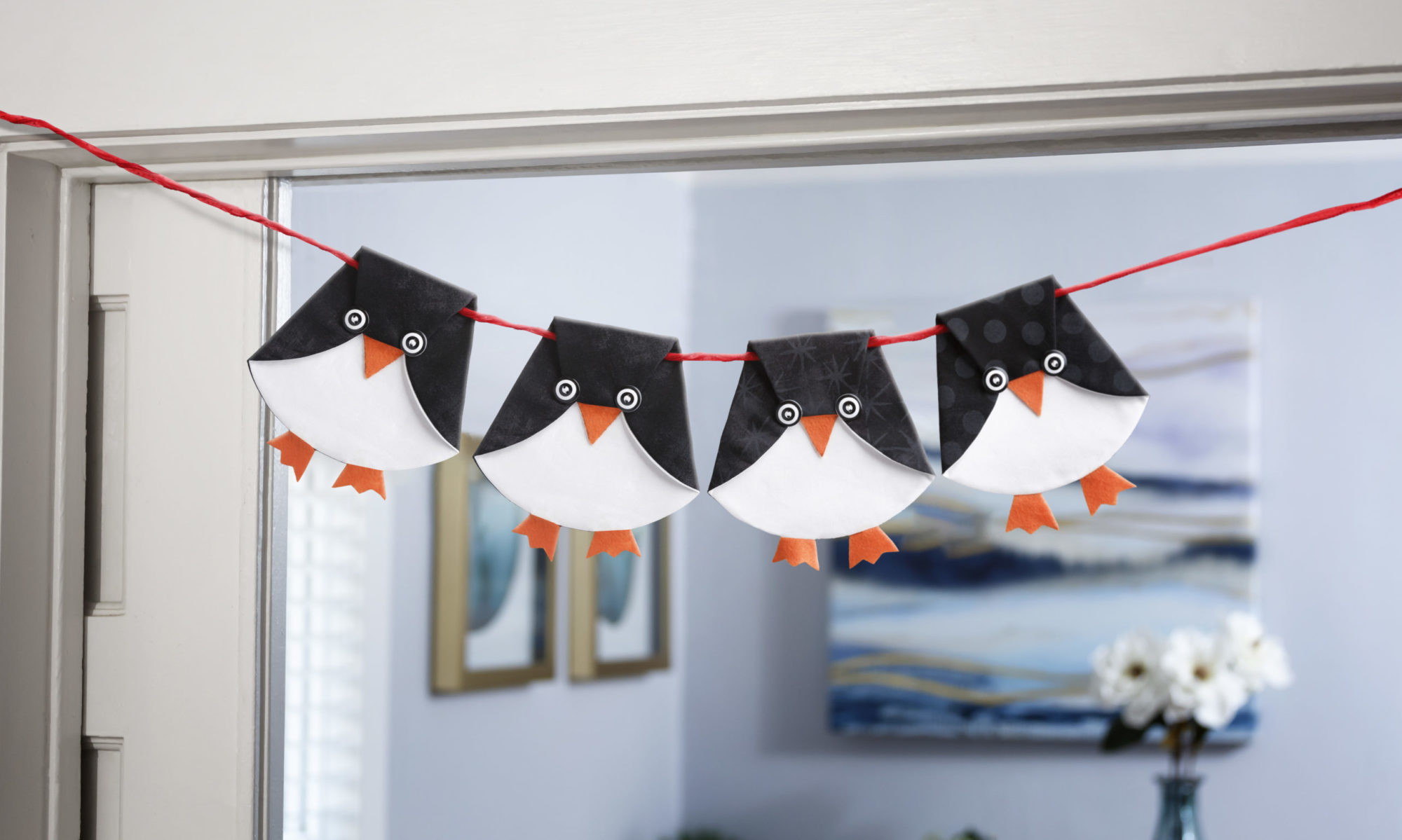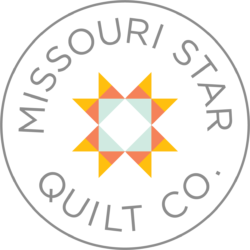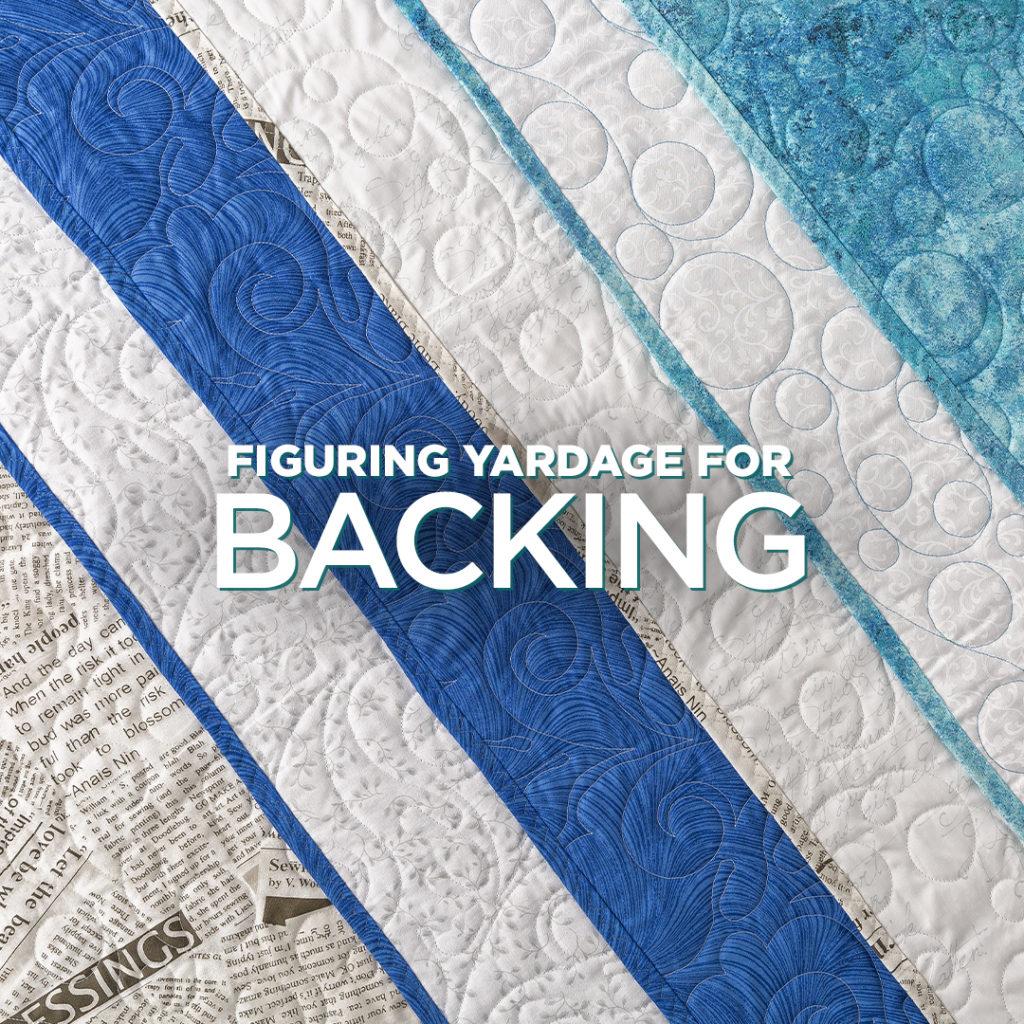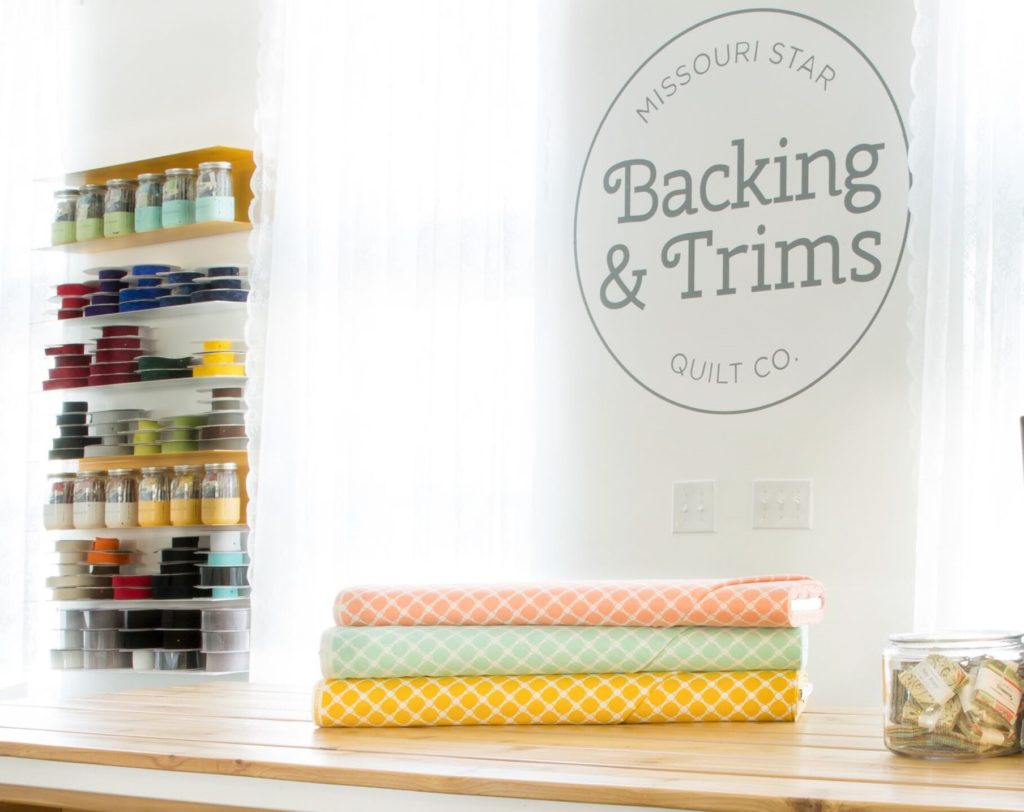The final step of making a quilt may seem like the most intimidating, but have no fear! Adding binding can be a really enjoyable process when you know how much you need and how easy it is to make and stitch on your quilt.
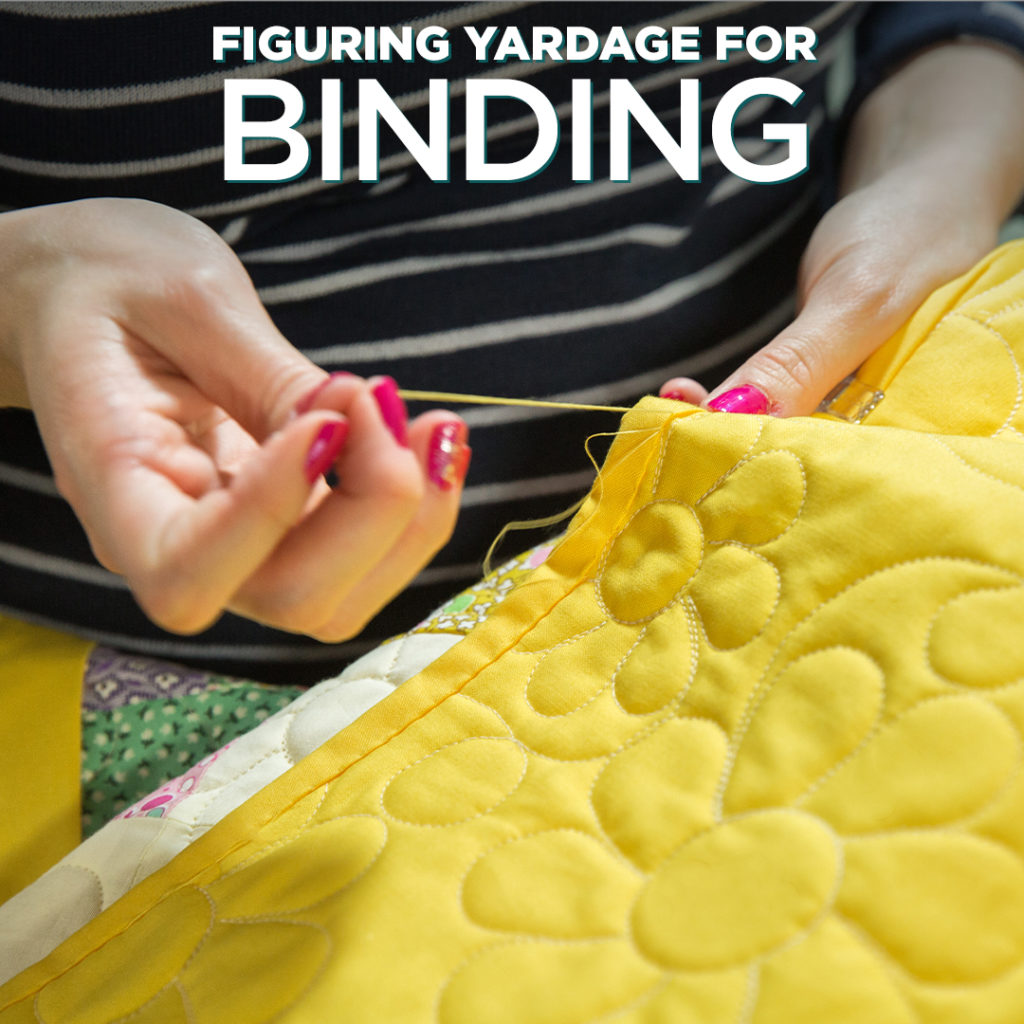
Supplies needed:
- Pencil
- Paper
- Calculator
- Your finished quilted project
- A measuring tape or template
Finally, choose a lovely fabric, bias, or precut for binding and load it into your Missouri Star Quilt Co. shopping cart!
Step 1: Find the perimeter of your quilt. Measure each of the four sides and add them together.
Step 2: Add 20 inches to your total.
Step 3: Choose your binding width. We recommend using 2 ½” wide strips.
Step 4: Divide the total length of binding needed for your quilt by 40″. This gives you the number of width of fabric strips needed to create your binding.
Step 5: Round up to the nearest whole number of strips. Multiply the number of strips by the width of binding you decided in step 3. That will give you the number of inches required to cut the necessary number of binding strips for your quilt.
Step 6: Divide the number determined in step 5 by 36″ to calculate the yardage. Round this number up to the next 1/4 yard increment and you’ll have your total yardage number!
Tips and Tricks for Binding:
- Watch our machine binding tutorial right HERE or buy our in-depth class “Create Better Bindings” with Natalie Earnheart.
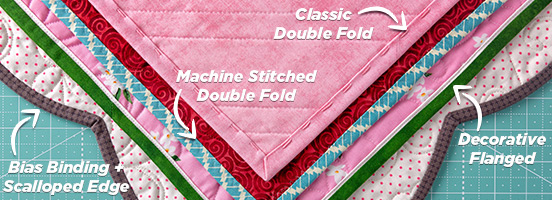
- Precut strips work great for binding as they are already 2 ½” wide.
- Sew strips together end-to-end on a 45 degree angle into one long strip using diagonal seams. Press seams open to reduce bulk.
- Fold strips in half lengthwise with wrong sides together and press.
- The entire length of your binding should be equal to the perimeter of the quilt plus 15 to 20 inches.
- Using a Binding Tool makes the process even easier!
Example Quilt:
(Quilt length + quilt width) x 2 = perimeter of quilt
(66″ + 58″) x 2 = 248″ This is the total perimeter of your quilt
Add 20″ to that number = 268″ needed of total binding length
Take the total inches and divide by 40″ to get the number of strips you need
268″ divided by 40″ = 6.7
Round up. You’ll need 7 strips of fabric for your binding.
Take the number of strips you need and multiply by your binding width. In this case, it’s 2 ½”.
7 x 2 1/2″ = 17 ½”
Divide the number of inches needed by 36″.
17 ½” divided by 36″ = .48
Round up to the nearest ¼ yard and you get ½ yard.
